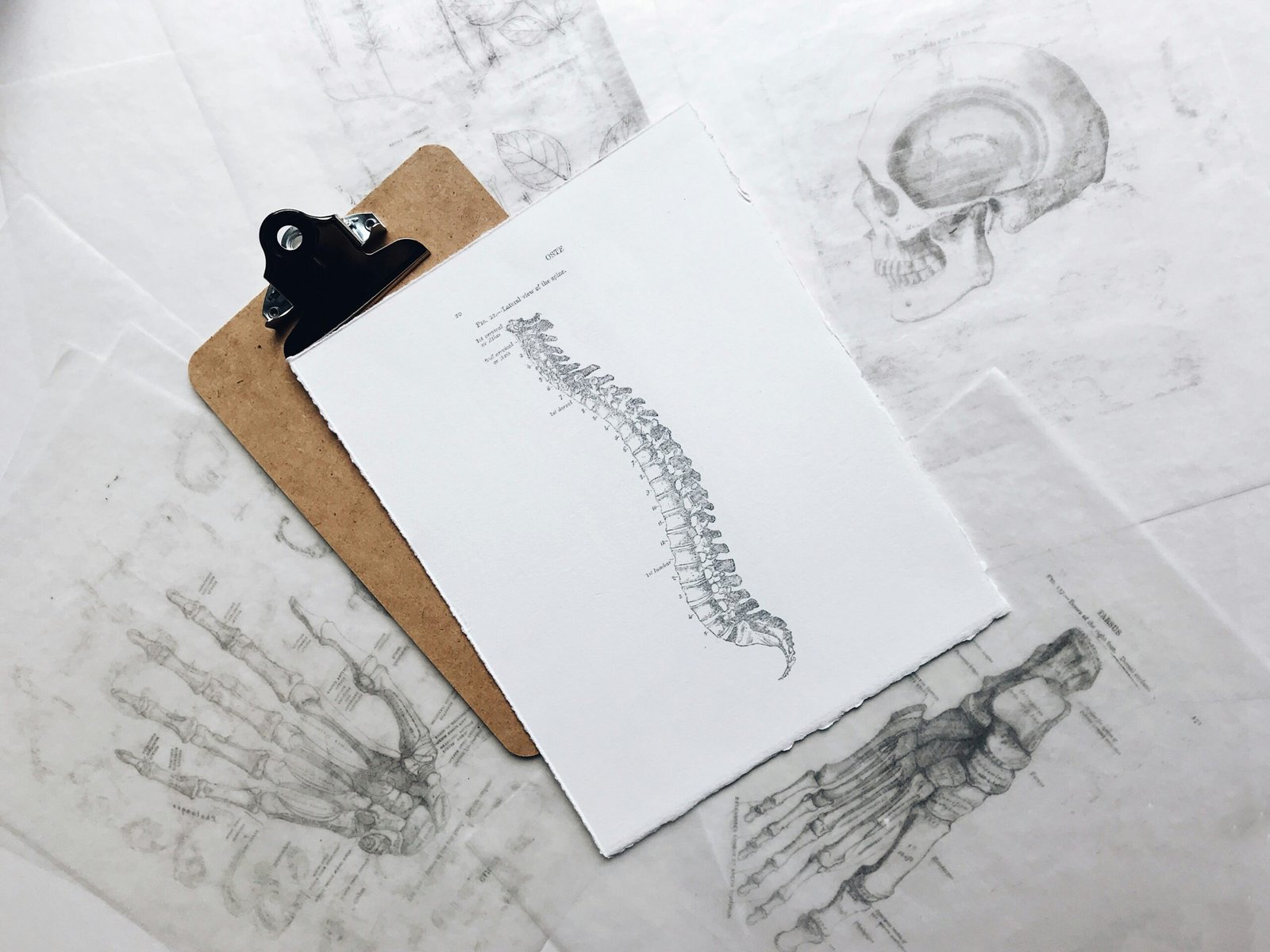Introduction
Pain is a common and often debilitating condition that affects millions of people worldwide. While traditional medical approaches to pain management have proven effective, there is a growing recognition of the benefits of integrating alternative therapies into treatment plans. This article will explore the concept of holistic approaches to pain management and how the integration of traditional and alternative therapies can provide a more comprehensive and effective solution for individuals suffering from pain.
Understanding Holistic Approaches to Pain Management
Holistic approaches to pain management recognize that pain is not just a physical sensation but also encompasses emotional, mental, and spiritual aspects. These approaches aim to address the root causes of pain rather than simply treating the symptoms. By considering the whole person and their individual needs, holistic approaches offer a more personalized and comprehensive approach to pain management.
Integrating Traditional and Alternative Therapies
Integrating traditional and alternative therapies is a key component of holistic pain management. Traditional medical treatments such as medications, physical therapy, and surgery are often necessary for managing pain. However, alternative therapies can complement these treatments and provide additional benefits.
Benefits of Integrating Traditional and Alternative Therapies
1. Enhanced Pain Relief: By combining traditional and alternative therapies, individuals can experience enhanced pain relief. Traditional treatments target the physical aspects of pain, while alternative therapies address the emotional, mental, and spiritual aspects. This comprehensive approach can result in more effective pain management.
2. Reduced Reliance on Medications: Integrating alternative therapies can help reduce the reliance on pain medications, which often come with side effects and the risk of dependency. Alternative therapies such as acupuncture, massage, and meditation can provide natural pain relief and reduce the need for medication.
3. Improved Quality of Life: Holistic approaches to pain management focus on improving overall well-being, not just alleviating pain. By addressing the emotional and mental aspects of pain, individuals can experience improved quality of life, reduced stress, and enhanced emotional well-being.
4. Individualized Treatment Plans: Holistic approaches recognize that every individual is unique and requires a personalized treatment plan. By integrating traditional and alternative therapies, healthcare professionals can tailor treatment plans to meet the specific needs and preferences of each patient.
5. Long-Term Benefits: Traditional medical treatments often provide short-term relief, while alternative therapies focus on long-term pain management. By integrating these approaches, individuals can experience both immediate pain relief and long-term benefits that promote healing and prevent future pain.
Examples of Integrated Therapies
1. Physical Therapy and Acupuncture: Physical therapy is a common traditional treatment for pain management, particularly for musculoskeletal conditions. By integrating acupuncture, individuals can experience enhanced pain relief and improved physical function.
2. Medications and Mind-Body Techniques: Medications are often necessary for managing severe pain, but they can be complemented by mind-body techniques such as meditation, deep breathing exercises, and guided imagery. These techniques help individuals manage pain, reduce stress, and improve overall well-being.
3. Chiropractic Care and Massage Therapy: Chiropractic care focuses on aligning the spine and improving musculoskeletal function. By integrating massage therapy, individuals can experience reduced muscle tension, improved circulation, and enhanced pain relief.
Conclusion
Holistic approaches to pain management offer a more comprehensive and effective solution for individuals suffering from pain. By integrating traditional and alternative therapies, individuals can experience enhanced pain relief, reduced reliance on medications, improved quality of life, individualized treatment plans, and long-term benefits. It is essential for healthcare professionals to recognize the value of holistic approaches and work towards integrating these therapies into standard pain management practices.







